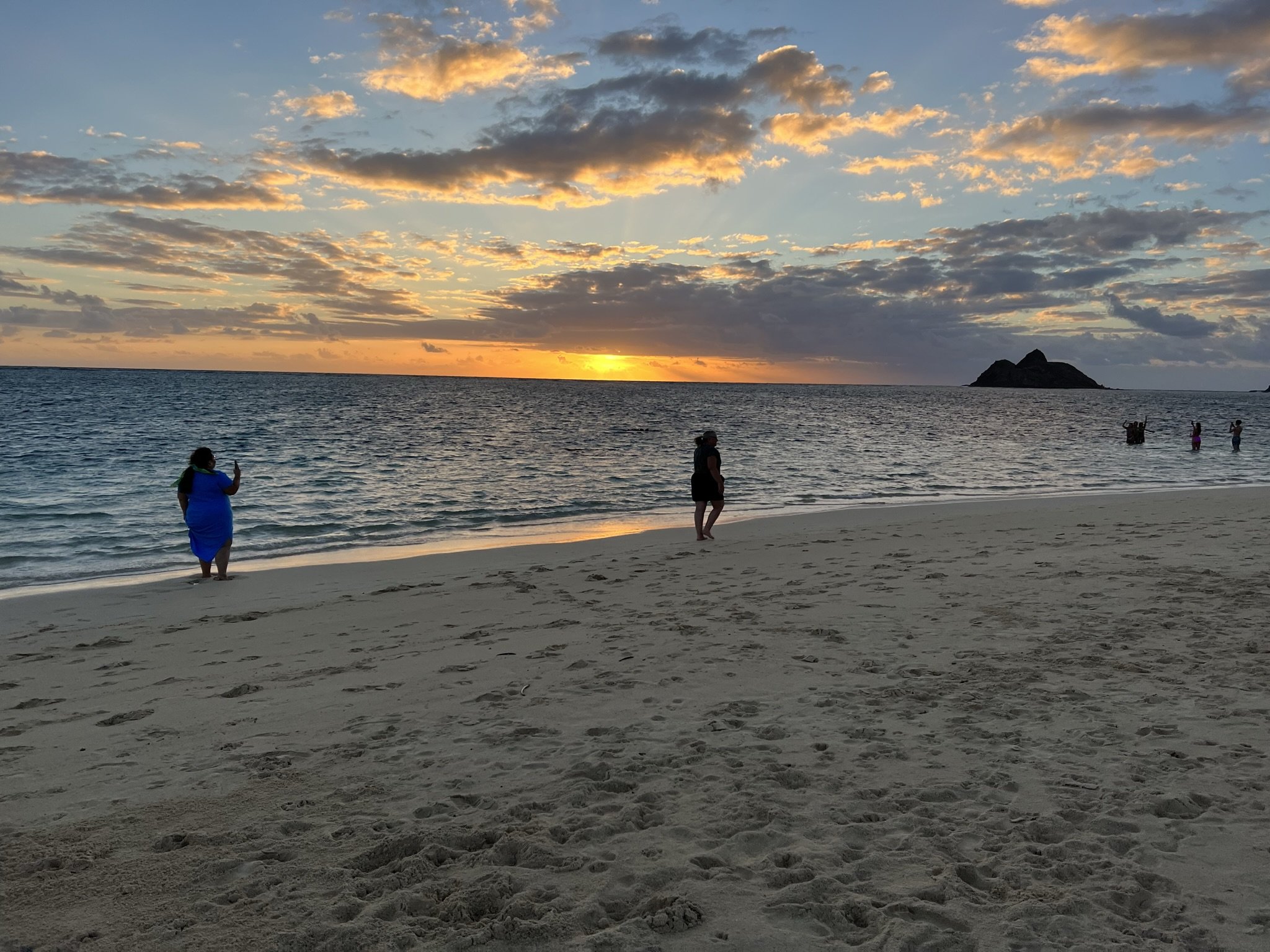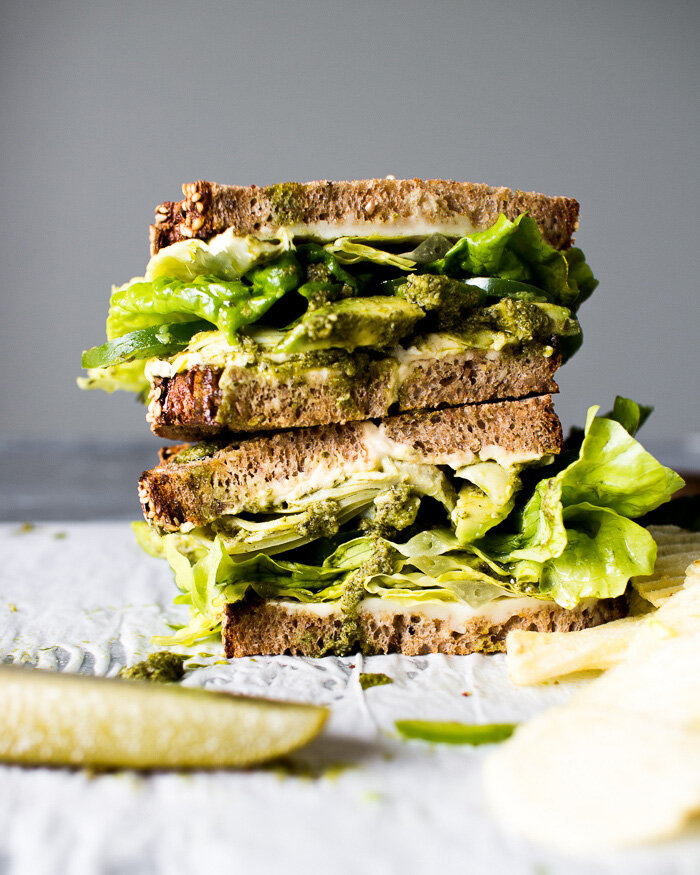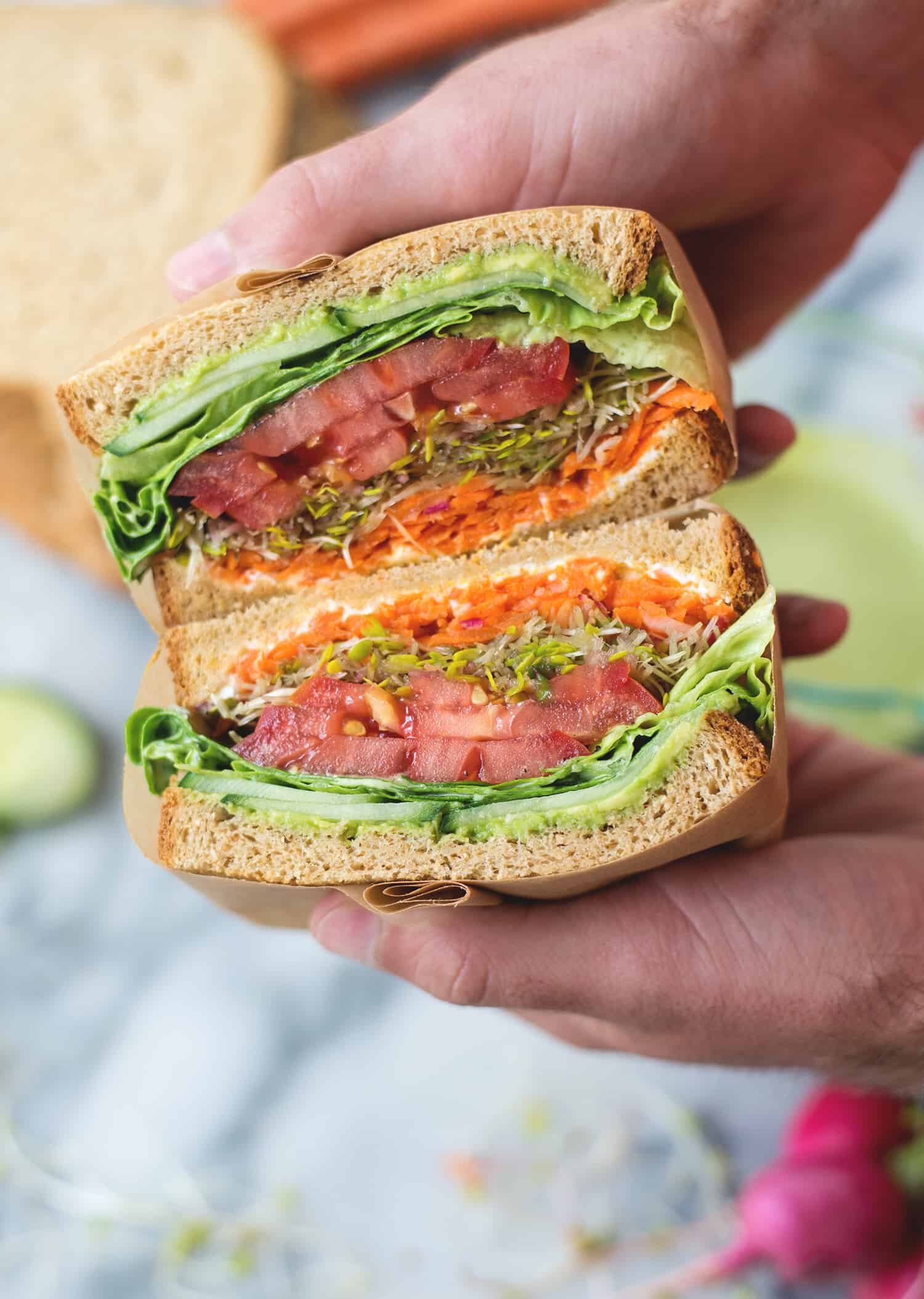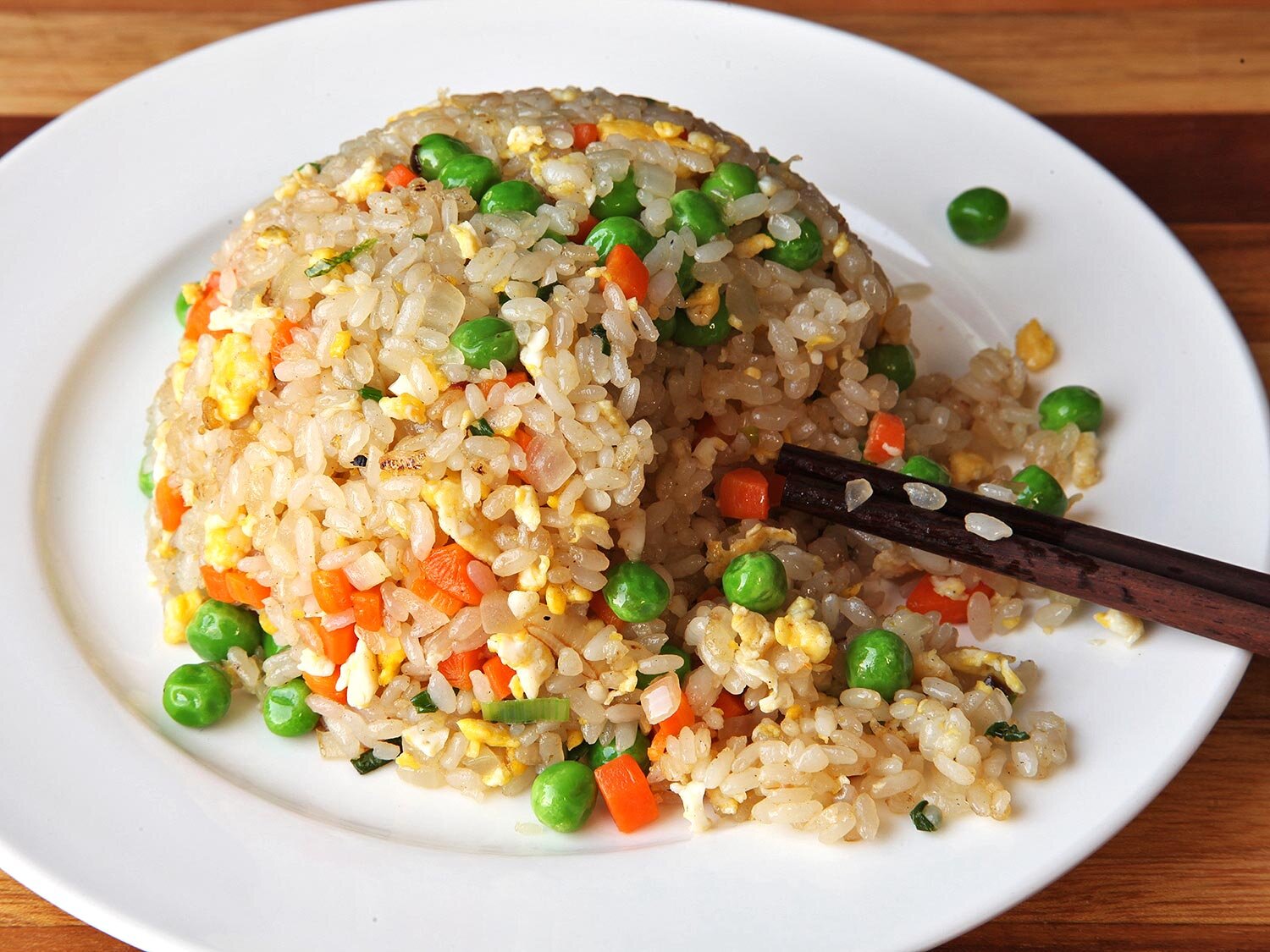I am always on the search for ways to motivate myself to exercise and ways to keep it interesting. Practice makes progress.
The benefits of exercise are incredible. It strengthens our muscles and bones, keeps us flexible, improves our endurance & energy, improves balance and gait, helps mood, anxiety & depression, helps control weight, reduces your risk for heart disease and certain cancers, improves sleep, digestion, constipation, incontinence, may help slow the progression of PD, and increases our chances of living longer.
With all these benefits you’d think everyone would be exercising, but much of whether we exercise regularly or not, is not based on will power as many of us think. Much of it is based on habits and friction. We don’t decide whether we want to brush our teeth or not each day, we just do it because it’s a habit. The friction is whether we set it up to make it easier or harder. Brushing your teeth is made easier because we keep the toothbrush and toothpaste conveniently in the bathroom near the sink with water. But if we kept them in the trunk of our car and we had to go out and get them, use them, and then return them to the car, we would likely brush less.
So lets start with reducing the friction or obstacles that make it more difficult. Make it easily accessible. If you have to set up a bunch of equipment or drive far, you’ll likely do it much less. The simplest is exercising at home. Whether it’s online classes, walking in your neighborhood, or having equipment at home. Next would be things available near you. Going to classes or a gym near you, a park, or pool.
Next is to figure out what will motivate you. If you’re with people a lot of time, you may look forward to some time alone. If you need extra motivation, you may want a workout buddy or have a set class, so you are accountable to someone else to show up. If you like social media, post your exercise goals and journey there. Your social media friends will be happy to cheer you on. Make less friction by making it easier, and add friction by making it harder to say no.
Then start creating the habit. The biggest reason I see people quit exercising is because they try to do too much, too quickly. When I first started meditating, I started with three minutes a day. That may sound too easy but I knew creating the habit was going to be the hardest part. I did that daily for several weeks before I added on time. Do the same with exercise. Plan your week ahead of time and start slow and don’t increase the time, until you show up without hesitation. Then make adjustments. Remember, you’re creating a lifelong habit.
Pair it with something else. Do you enjoy listening to audio books or have a favorite podcast? Tell yourself you can only listen to it while you’re walking. Same for your favorite TV show and your treadmill. Another great pairing is a walk and talk. Set up a phone call to friend or family member while you walk.
Write it down. Tracking your progress can help keep you motivated. I love to track my progress on everything. It’s a great reminder to see little increments of improvement that sometimes you easily forget or don’t see because they are small.
You can also include more movement throughout your day. Dan Buettner is the author of the book The Blue Zones. In it he discovered seven communities around the world that had the largest amount of centenarians and observed their lifestyle and habits to see what similarities they might have. One of things were daily exercise. Not formal exercise, but movement throughout their day. Once you start taking the stairs instead of the escalator, park in farthest away section of the grocery store, you start seeing all the little possibilities that can add movement into your day. I started cutting my own grass and pruning the trees in my garden and I love all the exercise I get from it.
Have alternatives. My energy level is very different not only day to day but hour to hour. I have a list of things that I can do to exercise, so regardless of my energy, I can do something. Some days I can only manage light stretches and that’s fine. I always feel better doing something.
Lastly, don’t compare yourself to others. Everyone with PD is a snowflake. We are all at different stages in our lives and the goal is to find what works for us, what we enjoy, what we can do today, and not what anyone else is doing. Push yourself to do something small every day, but cut yourself some slack on trying to keep up with others. Do what you enjoy, and that may mean trying several different things before you find what that is. As the saying goes, “how do you eat an elephant, one bite at a time”.























































